Welcome to Shetishala’s seed blog! From dormancy to germination, we cover it all. Learn about seed quality, treatment, multiplication and many more. A seed is any material used for planting and propagation, whether in the form of a seed (grain) of food, fodder, fiber, or vegetable crops, or seedlings, tubers, bulbs, rhizomes, roots, cuttings, grafts, or other vegetatively propagated material.
Seed:
Seed is a fertilized ovule consisting of an intact embryo, stored food (endosperm), and a seed coat, which is viable and has the capacity to germinate. Good quality seeds must possess certain characteristics:
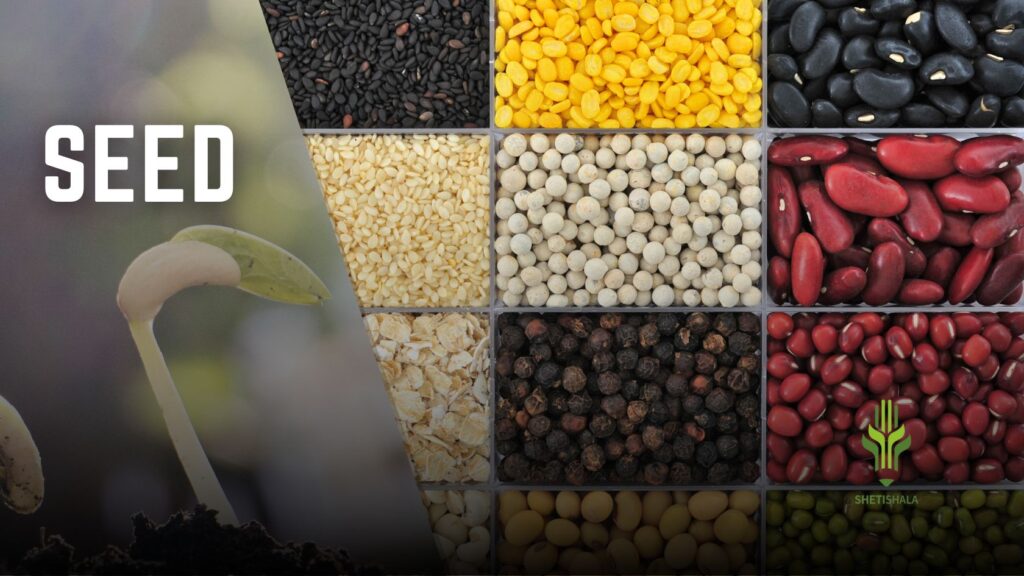
Genetically pure, exhibiting true morphological and genetic traits of the particular strain (True to type).
Free from admixture of seeds of other strains of the same crop or other crops, weeds, dirt, and inert material.
High and assured germination percentage with vigorous seedlings.
Healthy, well-developed, and uniform in size.
Free from any disease-bearing organisms (pathogens).
Dry, not moldy, and containing 12-14% moisture. Seed is the fundamental input in crop production and must be of good quality.
Seed germination:
Seed germination is the resumption of growth by the embryo, resulting in the development of a young seedling. Germination is the awakening of the dormant embryo, leading to the emergence of the radicle (root development) and plumule (stem development).
Seed emergence:
Seed emergence refers to the seedling actually coming above and out of the soil surface.
Changes during germination:
include swelling of the seed due to water imbibition, initiation of physiological activities such as respiration and enzyme secretion, digestion of stored food by enzymes, and translocation and assimilation of soluble food. When a seed is placed in soil under favorable conditions, the radicle grows vigorously and emerges through the micropyle, fixing the seed in the soil. Subsequently, either the hypocotyl or epicotyl begins to grow.
Types of germination:

Hypogeal germination:
The cotyledons remain below the soil surface, as seen in cereals and gram.
Epigeal germination:
The cotyledons are pushed above the soil surface, as observed in mustard, tamarind, sunflower, castor, and onion.
Factors affecting germination:
External factors:
Moisture:
Facilitates the resumption of physiological activities, causing swelling of the seed due to moisture absorption, leading to the bursting of the seed coat and softening of tissues, which triggers embryo growth.
Temperature:
Optimal temperature range for satisfactory germination is between 25 to 30°C, as germination does not occur below 0°C or above 50°C.
Oxygen:
Essential for respiration and other physiological activities during germination.
Light:
Not essential for germination, but seedlings grow more vigorously in darkness; however, light is necessary for the survival of germinating seedlings.
Substrate:
The medium for germinating seeds, including absorbent paper (blotting paper, towel, or tissue paper), soil, and sand. The substrate absorbs water and supplies it to the germinating seeds, should be free from toxic substances, and should not support the growth of microorganisms.
Internal factors:
Food and auxins: Embryo consumes stored food until the young seedling can produce its own food. Auxins act as growth promoters and are essential during germination.
Viability:
Seeds remain viable for a specific period, depending on seed maturity, storage conditions, parent vigor, and species type. Generally, viability lasts for 3-5 years but can extend up to hundreds of years in some species like the lotus.
Seed dormancy:
It refers to the failure of fully developed and mature viable seeds to germinate under favorable conditions of moisture and temperature, resulting in a resting stage or dormancy.

Types of dormancy in seeds:
Primary dormancy:
Seeds, such as those of potatoes, that are incapable of germination immediately after ripening, even when provided with all favorable conditions.
Secondary dormancy:
Some seeds can germinate under favorable conditions right after ripening, but if stored under unfavorable conditions for even a few days, they lose their ability to germinate.
Special type of dormancy:
Occasionally, seeds may germinate, but the growth of the sprouts is restricted, often due to poor root or coleoptile development.
Causes of dormancy:
Seed coats impermeable to water: Some seeds have seed coats that prevent water penetration, leading to germination failure. Treating these seeds with H2SO4 or dipping them in boiling water can make them permeable, as seen in cotton seeds.
Hard seed coat:
Seeds like mustard and amaranthus have hard and strong seed coats that hinder embryo expansion. If these coats don’t burst, the embryo remains dormant despite favorable germination conditions.
Seed coats impermeable to O2:
Seeds won’t sprout if their seed coats don’t rupture because they are impermeable to oxygen.
Rudimentary embryo:
Seeds with underdeveloped embryos delay germination until the embryo fully develops.
Dormant embryo:
Seeds of apple, peach, pine, etc., do not germinate even with fully developed embryos and favorable conditions. They undergo physiological changes, known as after-ripening, during dormancy, enabling germination.
Synthesis and accumulation of germination inhibitors in seeds:
Plants produce chemical compounds that accumulate in seeds at maturity, inhibiting their germination.
Methods to break dormancy:
Scarification:
Dormancy caused by hard or impermeable seed coats can be overcome by scarifying the seed coats. Care should be taken to avoid injuring the embryo during this process.
a) Chilling (Pre-chilling): Seeds are exposed to moist substratum at temperatures of 5 to 10°C for 7 days to induce germination, seen in crops like cabbage, cauliflower, and sunflower.
b) Pre-drying: Seeds are dried at temperatures not exceeding 40°C with proper airflow for 7 days before germination, as seen in maize and lettuce.
c) Pre-washing: Some seeds contain naturally occurring inhibitors affecting germination, which can be removed by soaking and washing the seeds in water before germination, as seen in sugar beet.
d) Presoaking: Seeds with hard seed coats benefit from soaking in warm water to enhance imbibition, as observed in chilies and subabul.
e) Rubbing or puncturing seed coat: Mechanical scarification is applied to seeds by rubbing them against rough surfaces or puncturing the seed coat with a pointed needle, seen in coriander and castor seeds.
f) Application of pressure: Germination of Medicago sativa increases when subjected to hydraulic pressure of 2000 atmospheres at 18°C, possibly due to increased seed coat permeability to water and oxygen.
g) Stratification:
Some seeds require artificial stratification under low temperature and moisture conditions, achieved by layering seeds with moist sand or suitable materials stored at low temperatures, as seen in mustard and groundnut seeds.
h) Exposure to light:
Light exposure aids in breaking dormancy and increasing germination rates.
i) Chemical treatments:
Potassium nitrate treatment (KNO3): Seeds are placed in a moistened substratum with a 2% solution of KNO3 (2g KNO3 + 100 ml water), beneficial for crops like rice, tomatoes, and chilies.
Gibberellic acid treatment: Substratum used for germination is moistened with a 500 ppm solution of GA (500 mg in 1000 ml water), useful for wheat and oats.
Thio-urea treatment: Potato tubers are dipped in a 1% thio-urea solution for one hour, especially when freshly harvested produce is used as seed material.
The Seeds Acts 1966:
for more information check out my recent blog
Multiplication and distribution of seeds:
In India, farmers primarily rely on the state departments of Agriculture and the National Seeds Corporation for their seed supply, with state Departments of Agriculture implementing planned seed multiplication programs.

Classes of quality seeds:
Each class serves different functions and has specific requirements:
Breeder seed:
It is the seed or vegetative propagating material developed by the breeder who created the particular variety. Breeder stock production and maintenance are controlled by the plant breeder at the main research station. In cases where the breeder is unavailable, it can be produced by the institution where the variety was developed. In India, other agricultural universities also produce breeder seed under the direct supervision of the respective crop breeder. This arrangement is made to meet the high demand for breeder seed each year. Breeder seed is used to produce foundation seed.
Foundation seed:
It is the progeny of the breeder seed and is used to produce registered seed or certified seed. Obtained from breeder seed through direct increase, it maintains genetic purity and serves as the source of registered and/or certified seed. NSC is responsible for its production, carried out in government farms (TSF), experimental stations, agricultural universities, or under the supervision of NSC experts by competent seed growers. Production should occur in the area adapted to the concerned variety.
Registered seed:
Produced from foundation seed or registered seed, it maintains genetic purity and is used to produce certified seed or registered seed. Typically, it is cultivated by progressive farmers under NSC’s technical guidance and supervision. In India, sometimes registered seed production is skipped, and certified seed is produced directly from foundation seed.
Certified seed:
Derived from foundation, registered, or certified seed, it earns its name from certification by a seed certification agency, typically the state seed certification agency, indicating suitability for robust crop growth. Certified seed is annually produced by progressive farmers following standard seed production practices. To receive certification, the seed must meet prescribed requirements regarding purity and quality, making it available to farmers for commercial crop production.

Steps in seed multiplication:
Various classes of improved seed are recognized to maintain genetic purity and ensure a continuous supply of high-quality seed at a reasonable cost, facilitating rapid multiplication while preserving purity.
Seed testing:
Seed testing involves a series of tests conducted to determine seed quality, typically performed in seed testing laboratories. These laboratories, present in almost every state, serve several functions:
Researching seed testing methods
Training personnel in seed testing
Establishing standards for seed purity and quality for different crops
Conducting seed testing for certification and enforcing seed laws.
Tests conducted to determine seed quality include:
Purity test:
Determines the percentage of seeds belonging to the certified variety in the working sample.
Purity (%) = (Weight of pure seed / Total weight of working sample) x 100
Seed viability or germination test:
Evaluates the percentage of seeds capable of producing seedlings under suitable conditions.
Germination test determines the percentage of seeds producing healthy roots and shoots. Temperature requirements range from 18 to 22°C, and the duration varies from 7 to 28 days depending on the crop species.
Germination % = (Total number of seeds germinated / Total number of seeds tested) x 100
For convenience, 100 seeds are planted in each sample. Typically, four or more samples are plated from each seed lot to obtain a reliable germination estimate. If there is a difference of 10% or more in the germination rate among different samples from the same lot, it is advisable to repeat the germination test.
The tetrazolium method is another commonly used test for seed viability.
Tetrazolium method:
It determines the percentage of viable seeds expected to germinate. The chemical 2,3,5-tetrazolium chloride, when reduced by living cells, develops an intense red color. Seeds are soaked in tap water overnight and split longitudinally with a scalpel, leaving a portion of the embryo attached. One half of each seed is placed in a petri dish covered with a 1% aqueous solution of tetrazolium chloride for 4 hours. After washing in tap water, the number of seeds with a red-stained embryo is determined.
Viable seed % = (Number of half seeds stained red / Total number of half seeds) × 100
The tetrazolium method is faster and doesn’t require a controlled environment like the germination test. It’s relatively cheaper but not applicable to all species, especially those with small seeds and embryos due to the tedious splitting and examination process.
Real value of seed:
It represents the percentage of a seed sample expected to produce seedlings of the certified variety, also known as the utility percentage. It’s calculated based on the purity (P) and germination (G) percentage of the seed sample.
Real value of seed (%) = (P × G) / 100
Moisture content:
It indicates the percentage of water content in seeds. Optimal moisture content reduces deterioration during storage, prevents attacks by molds and insects, and facilitates processing. Determined by drying the seed in an oven at 130°C for 90 minutes, the loss in weight represents the water lost due to drying.
Moisture content (%) = ((W1 – W2) / W1) × 100
Where:
W1 = Weight of seed sample before drying
W2 = Weight of seed sample after drying
Seed production organizations:
There are two types of government/public sector organizations responsible for seed production and certification in India. The National Seeds Corporation (NSC) has country-wide responsibilities, while State Seeds Corporations (SSCs) and State Seed Certification Agencies (SSCAs) have state-wise responsibilities.
National Seeds Corporation (NSC):
Established in 1961 under the Indian Council of Agricultural Research (ICAR), the NSC was registered as a limited company in the public sector on March 7, 1963. It serves two main objectives: promoting the development of the seed industry in India and producing and supplying foundation seeds of various crops. The current functions of NSC include:

Production and supply of foundation seed
Maintenance of improved seed stocks of improved varieties
Interstate marketing of all classes of seed
Export and import of seed
Production of certified seed as needed
Planning breeder seed production in consultation with ICAR
Providing technical assistance to seed corporations and private agencies
Coordinating certified seed production of State Seed Corporations
Conducting biennial surveys of seed demand
Coordinating market research and sales promotion efforts
Providing training facilities
Offering certification services to states lacking established and independent seed certification agencies.
Seed Testing Laboratories:
A Central Seed Testing Laboratory is located at TARI, New Delhi, while there are 18 State Seed Testing Laboratories spread across India. For example, in Maharashtra, it is located at the College of Agriculture, Nagpur. Equipped with modern seed testing equipment, these laboratories assist in seed certification and seed control programs. Their functions include analyzing seed samples for purity, moisture content, weed seeds, and germination, as well as assisting seed inspectors in ensuring correct labeling according to seed act requirements.
Sowing of Seed:
For optimal crop yield, it’s crucial to follow recommended seed and sowing practices.
Seed rate: per unit area depends on factors such as seed germination, size, and growing habit of the crop. Deviations from recommended seed rates (either too high or too low) can affect plant population and crop yield. The seed rate is determined by the desired ultimate stand, which varies based on factors like farming type, sowing time, variety, and environmental conditions.
Seed Treatment:
Seed treatment involves the application of chemicals or protectants with fungicidal, insecticidal, bactericidal, or nematocidal properties to seeds, preventing the carriage of insects or pathogens within or on the seeds.

Objectives of Seed Treatment:
Disease Control:
Seeds are treated with fungicides or organomercurial compounds like thiram, captan, carbendazim, agrosan, or cereson to control seed-borne or soil-borne diseases. For example, to control paddy blast, seeds are treated with agrosan at a specific rate per kilogram of seed.
Convenience in Sowing:
Certain seeds pose sowing difficulties due to special characteristics like fuzziness (cotton seeds), small size (coriander, chili, ragi, bajra). For instance, coriander seeds are split by rubbing them against a hard surface, while seeds of chili, sesame, bajra are mixed with fine sand or soil.
Quick Germination:
Seeds with thick seed coats, delaying germination of leguminous crops, are treated by mixing with coarse gritty sand and trampling lightly or pounding in a mortar with a wooden pestle. Some seeds are soaked in water before sowing, such as cotton or paddy seeds. Seeds of lucerne and indigo are pounded with a pestle.
Increased Nitrogen Fixation in Legumes:
Legume seeds are inoculated with a specific Rhizobium culture mixed with a jaggery solution and applied to seeds, enhancing nodulation and nitrogen fixation.
Protection Against Insect Pests:
Seeds are treated with repellents like camphor, kerosene, or soil drenching with insecticides like BHC, heptachlor to protect against insect pests such as ants, white ants, or birds that may pick up seeds after sowing. For example, carbofuran treatment in jowar.
Inducing Earliness (Vernalization Treatment):
Important for breeding programs, vernalization treatment involves soaking seeds in water to induce incipient germination, awakening the dormant embryo, and commencing changes favoring germination in the endosperm. These seeds are then kept in cold storage for a specified time, maintaining germination power while temporarily halting the germination process.
Seed Treatment for Various Purposes:
Inducing Variation:
Seed is treated with X-ray to induce variation in morphological and general structure, altering the genetic makeup, aiding in the selection of desired types. For example, Sonora, a wheat variety, resulted from treating Sonora-64 with gamma rays.
Breaking Dormancy:
Some crops have seed dormancy in freshly harvested produce, preventing germination even under favorable conditions. Dormancy can be broken by treating seeds with chemicals like Thiourea 1% for potato tubers.
Special Purpose Seed Treatment:
In vegetatively propagated crops, planting material is treated with growth-promoting hormones like colchicine, Gibberellic acid (GA), Indole acetic acid (IAA), Seradix, or sometimes cattle urine to promote sprouting and growth. For instance, onion bulbs or potato tubers are treated with maleic hydrazide (MH) to prevent sprouting and reduce losses.
Seed Treatment in Important Crops:
Sorghum: Thiram or 300 mesh sulfur is coated on seeds @ 3-4 g/kg seed to protect against smut disease.
Barley: Seeds are treated with a 20% brine solution to control ergot and discard light and diseased seeds.
Paddy: Seeds are treated with a 3% brine solution to combat blast disease and discard unfilled seeds.
Cotton:
a) Cow dung slurry treatment or delinting with concentrated H2SO4 is performed for convenience in sowing.
b) Seeds are treated with organomercurial compounds like ceresan or agrosan @ 3 g or thiram @ 5 g to combat seed-borne diseases like anthracnose.
Coriander & Garlic: Seeds are rubbed to split them evenly for sowing.
Small-Seeded Grains: Seeds of sesame, bajra, tobacco, etc., are mixed with fine sand or soil for even sowing.
Potato:
a) Seeds are dipped in 1% thiourea solution to break seed dormancy.
b) Streptocyclin solution @ 200 g in 100 liters of water is used for 1 hour against Ring rot disease.
Legume Crops (Mung, Udid, Soybean, etc.): Seeds are treated with thiram @ 3 g/kg seed against seed-borne diseases and with Rhizobium culture @ 250 g/10 kg seed for nitrogen fixation and better nodulation.
Sugarcane:
a) Setts are treated with hot water (50°C) or hot air (54°C) for 2 hours against grassy shoot and other diseases.
b) Setts are dipped in OMC 6% @ 500 g in 100 liters of water for 5 minutes against smut and to increase germination, or Bavistin @ 200 g in 100 liters for 5 minutes.
Wheat & Oilseed Crops: Seeds are coated with thiram or Bavistin @ 5 g/kg seed against seed-borne diseases.
C. SOWING TIME:
It is the non monetary input which greatly influence the crop, growth & yield. Therefore, sowing of crop should be done at recommended dates. Any fluctuation in optimum sowing time results in drastic yield reduction c.g. wheat.
D. DEPTH OF SOWING :
It is also non-monetary input which decides plant stand in the field. It influences the germination & emergence of seed. Sowing should be done at recommended depth. This vary with the kind of seed and its size. Bigger” seeds may be sown at a greater deplawhile small sized seeds at shallow. Seed should be dropped in the moist zone. In kharif, sowing should be shallow and in rabi deeper except pre-sowing irrigation.
E. SPACING AND PLANT POPULATION:
Spacing between the row and within the plants decides the plant stand/plant population per / unit area. Optium plant population results in normal crop growth & thereby yield. One can manipulate the R/R & P/P distance but care should be taken for maintaining the optimum plant population as per the recommendations e.g. Jowar & Bajra 1.37 – 1.5 lakh (45 x 15 cm), cotton (irrigated) 12000
(90 – 120 x 60 – 90 cm), sugarcane 5000 (1 M R/R with 25000 setts.), Groundnut (bunch)
2-2.5 lakh (30×15 cm). A dense population results in competition for nutrients, moisture & light and thereby suppressed growth while less population results in low yield / unit area.
Yield of a crop is the result of final plant population which depends on the no. of viable seeds, germination % and servival, rates. Establishments of optimum plant population is essential to get maximum yield. Yield / plant decreases gradually as plant population / unit area is increased. However, the yield/ unit area is increased due to efficient utilization of growth factors. Optimum plant population depends on plant size, elasticity, foraging area, nature of the plant, capacity, to reach optimum leaf area at an early date & seed rate used.
F. Method of Sowing :
Check my recent blog on Method of Sowing

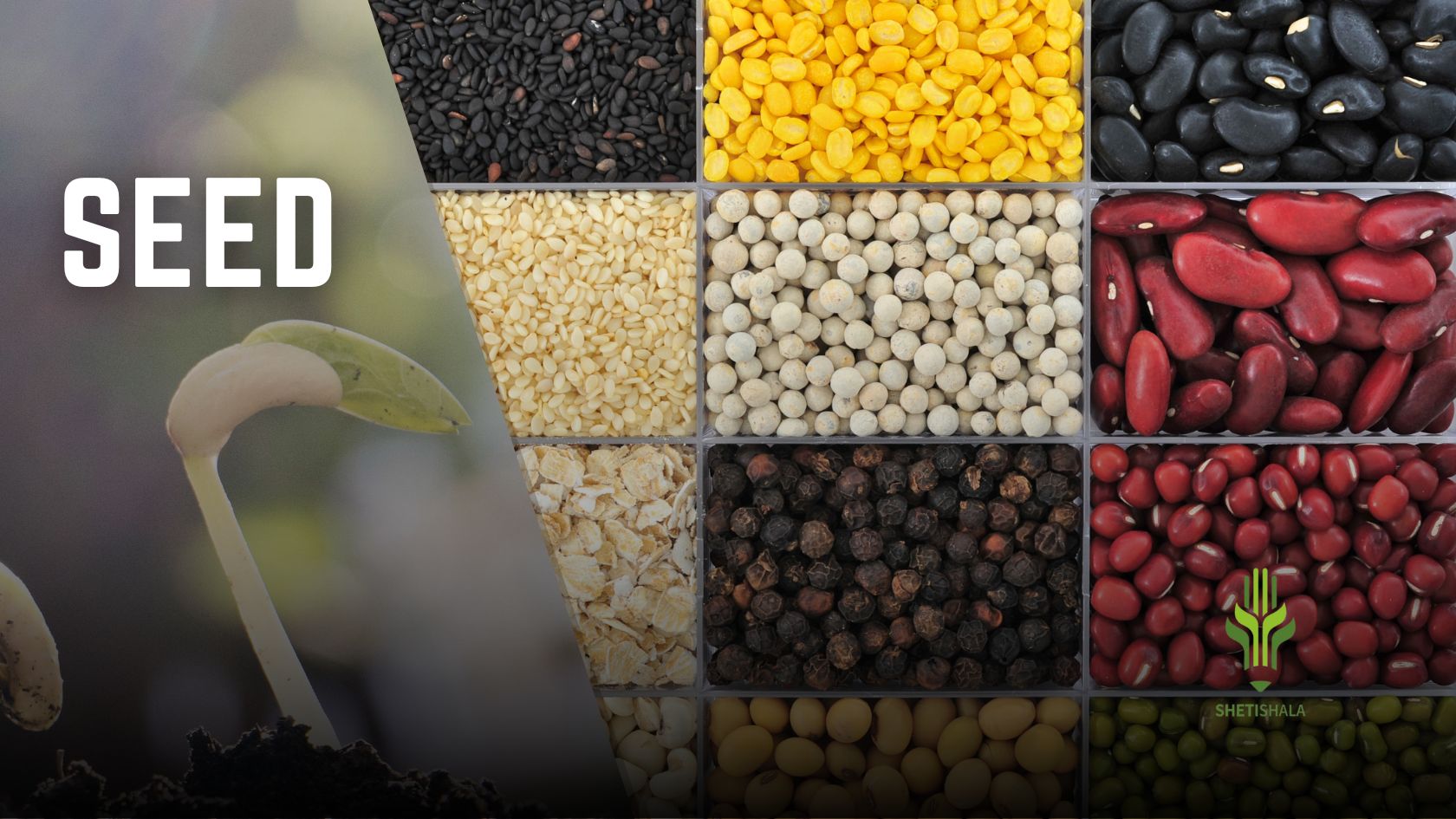
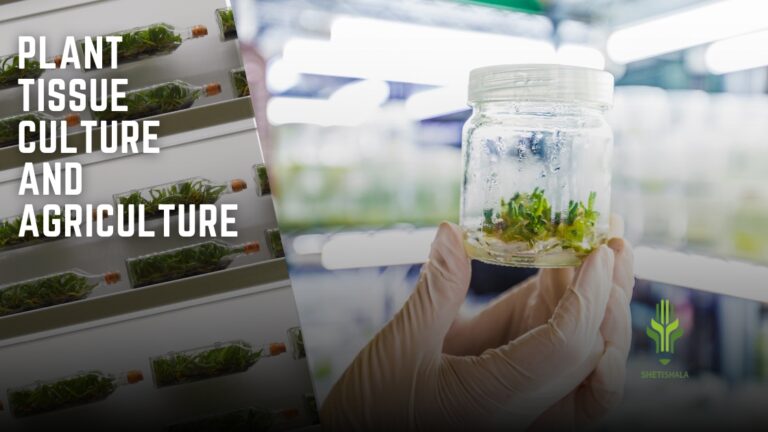
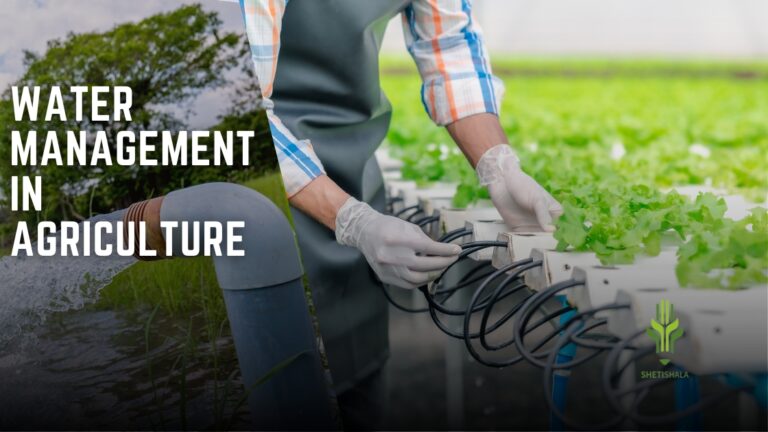
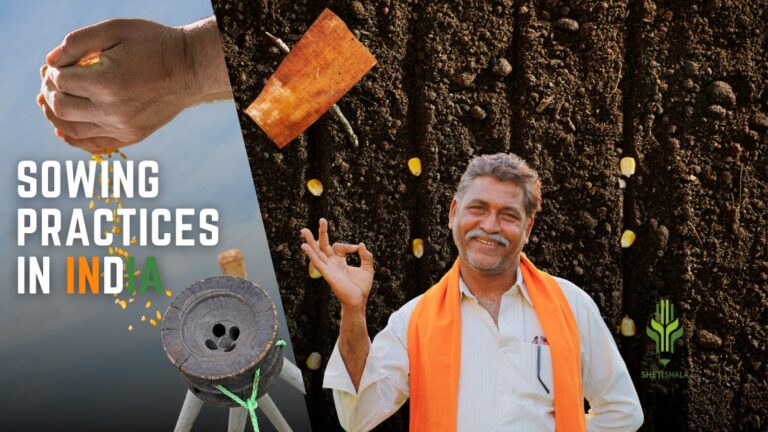
The rice purity test includes a series of topics that cover the social as well as individual perspectives of one’s character. By character, we mean here how much purity your personality holds or reflects in your past conduct.
The Rice Purity Test measures an individual’s experiences through a series of questions, assessing the “purity” of their character based on past conduct. It’s a playful way to reflect on how innocent or experienced someone is, covering both social and personal aspects
Die Diät des “Trennkosts” – ein Ansatz zur gesunden Ernährung
Die Diät des “Trennkosts” hat in den letzten Jahren an Popularität gewonnen und wird oft als ein natürlicher Weg zur Förderung der Gesundheit und zum Abnehmen angepriesen. Diese Ernährungsweise basiert auf der Idee, dass bestimmte Nahrungsmittelgruppen getrennt voneinander konsumiert werden sollten, um die Verdauung zu optimieren und den Stoffwechsel zu unterstützen.
### Grundprinzipien des Trennkosts
Das Konzept der Trennkost wurde in den 1920er Jahren von Dr. William Howard Hay entwickelt. Laut Dr. Hay sollten Proteine (wie Fleisch, Fisch und Eier) und Kohlenhydrate (wie Brot, Pasta und Kartoffeln) nicht in derselben Mahlzeit konsumiert werden. Der Grundgedanke dahinter ist, dass der Körper unterschiedliche Enzyme benötigt, um diese Nährstoffe zu verdauen, und dass die gleichzeitige Verdauung von Proteinen und Kohlenhydraten den Verdauungsprozess verlangsamen und zu gesundheitlichen Problemen führen kann.
Neben der Trennung von Proteinen und Kohlenhydraten legt die Trennkost auch großen Wert auf den Verzehr von Obst und Gemüse, die als “neutrale” Nahrungsmittel angesehen werden. Diese können mit beiden Hauptnahrungsmittelgruppen kombiniert werden. Die Diät empfiehlt auch, auf verarbeitete Lebensmittel, Zucker und übermäßig fetthaltige Produkte zu verzichten.
### Vorteile der Trennkost
Befürworter der Trennkost-Diät behaupten, dass dieser Ansatz zahlreiche gesundheitliche Vorteile bietet. Dazu gehören eine verbesserte Verdauung, weniger Blähungen und Völlegefühl sowie eine höhere Energie. Viele Menschen berichten auch von einem effektiven Gewichtsverlust, wenn sie diese Ernährungsweise befolgen, da die Diät die Kalorienaufnahme auf natürliche Weise reduziert und den Fokus auf gesunde, unverarbeitete Lebensmittel legt.
Ein weiterer Vorteil der Trennkost ist, dass sie zu einem bewussteren Essverhalten führt. Da man sich intensiver mit der Auswahl und Kombination der Lebensmittel beschäftigt, wird oft eine gesündere Beziehung zur Ernährung entwickelt.
### Kritikpunkte und wissenschaftliche Sicht
Trotz der Popularität der Trennkost gibt es auch Kritiker, die die wissenschaftliche Basis dieser Diät in Frage stellen. Viele Ernährungswissenschaftler sind der Meinung, dass der menschliche Körper durchaus in der Lage ist, verschiedene Nährstoffe gleichzeitig zu verdauen, und dass die Trennung von Proteinen und Kohlenhydraten keine wesentlichen Vorteile für die Gesundheit bringt. Studien haben gezeigt, dass es keine eindeutigen Beweise dafür gibt, dass die Trennkost effektiver beim Abnehmen ist als andere ausgewogene Diäten.
### Fazit
Die Diät des “Trennkosts” kann für manche Menschen ein hilfreicher Weg sein, um Gewicht zu verlieren und ihre Ernährungsgewohnheiten zu verbessern. Es ist jedoch wichtig, diese Ernährungsweise kritisch zu betrachten und sicherzustellen, dass sie den individuellen Bedürfnissen und gesundheitlichen Zielen entspricht. Wie bei jeder Diät ist es ratsam, sich vorab gut zu informieren und gegebenenfalls den Rat eines Ernährungsberaters oder Arztes einzuholen.
Oh my goodness! I’m in awe of the author’s writing skills and talent to convey complicated concepts in a concise and concise manner. This article is a true gem that deserves all the applause it can get. Thank you so much, author, for offering your knowledge and offering us with such a precious treasure. I’m truly appreciative!
Very good post! We are linking to this particularly great article on our website. Keep up the great writing.